A generation ago, I was an officer in the US Army National Guard and later in the Army Reserve. I did absolutely nothing important, and never saw any places more exotic than Fort McCoy, Wisconsin, and Camp Atterbury, Indiana. I then spent a dozen years working for the Army as a civilian employee.
I had already decided before these events to devote my academic career to the study of the Army. I loved (and still do love) it in an abstract and historical sense. However, only after my personal association with it did I realize how profoundly shortsighted it was. I observed this myopia daily and marveled at its immensity. Veterans may remember the adage that there is “the right way, the wrong way and the Army way.” The Army way is usually just plain dumb.
Veterans may remember ‘the right way, the wrong way and the Army way.’ The Army way is usually plain dumb
Where am I going with all this? You may have seen the Army’s recent decision to eliminate all its horse-mounted ceremonial units in a cost-saving measure. Many will immediately attribute this decision exclusively to President Trump and the Department of Government Deficiency (DoGE). I know better, and so does anybody who served in the Army but retained a healthy sense of skepticism. While there has certainly been an emphasis on cost-cutting and savings, this decision was made by someone much lower in the food chain. Some one- or two-star general or some Deputy Assistant Undersecretary of the Army for God Knows What decided that for a mere $2,000,000 of savings (the Department of the Army’s total annual budget for 2024 was $165.6 billion), the Army would eliminate one of its few historical vestiges and an example for relatively cheap positive public relations.
Every other branch of the armed forces has its quirks. The Air Force has been described as an organization staffed with businessmen in flight suits. The Navy is an organization that will sacrifice anyone to save face (do a Google search on how often ship commanders are relieved because of a “loss of confidence.”) The Marine Corps not only takes pride in being the physically toughest branch of service but also seems to enjoy suffering in an almost strangely masochistic way. The Army, however, owing to its status as the first American armed force and almost always the largest, doesn’t seem to have a true ethos of its own.
Its advertising campaign could almost be (paraphrasing the internet) “Not smart enough for the Air Force? Don’t want to be trapped on a ship with 1,000 other people? Not tough enough for the Marines? Well then, what about the Army, you don’t have any other choices…”
When it comes to history and public relations, the Army’s incompetence truly shines. There is scarcely a ground combat situation in our history where it was not present. Yet it seems unable to inform the American public about this storied history. Even among people who know scarcely any US history, I would be shocked to find those who do not know about the Marine Corps and its role in World War Two. Why? The Marine Corps treats history more like hagiography, and they have lovingly wrapped their history and public relations together.
The Air Force maintains the Thunderbirds ($35 million annual budget), and the Navy maintains the Blue Angels ($40 million), both of which go around the country providing examples of aerobatic excellence, which enthrall crowds and entice young people to join their services.
We have already mentioned the Marine Corps’s brilliance in merging history and public relations. Where does that leave the Army? Ironically, the mounted units, which it has now decided to get rid of, are one of the few examples of effective public relations without explicitly recruiting – generating goodwill and positive feelings among the public. Yes, the horses were a throwback to a bygone era, but isn’t the Army proud of its history?
So, here it stands, shooting itself in the proverbial foot for the savings of 0.00001 percent of its annual budget. Unlike the Navy and the Air Force, the Army is an institution whose backbone is people, not aircraft or ships. The Marine Corps is organized similarly to the Army, but it seems to understand what it is and how to relate that information to the public.
There was a memoir written back in the 1980s by a man who served in the cavalry during its final years. He told the story of how an Army officer and a sergeant violated regulations to allow an old cavalry horse to live out its final days in a pasture rather than be sold off for dog food. He then contrasted that behavior with what he saw when he later served in the Air Force in the 1950s.
For him, the distinction demonstrated the different service cultures and why he preferred the Army’s. Unfortunately, I think that culture no longer exists in the Army. Can it be revived? I certainly hope so, but this latest decision gives me very little hope.
This article was originally published in The Spectator’s October 27, 2025 World edition.



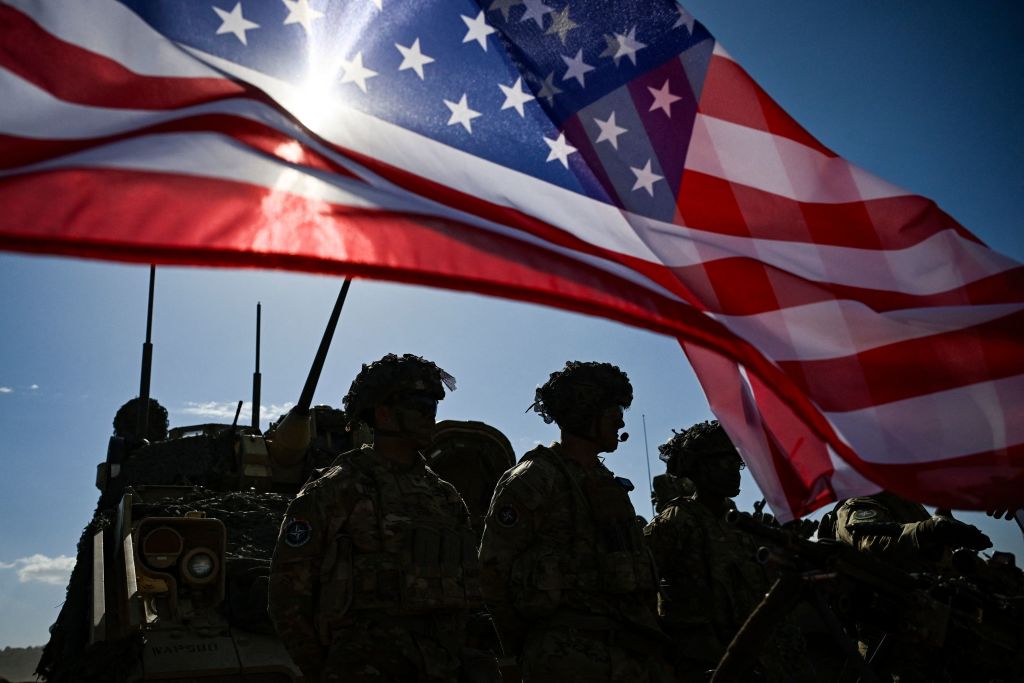






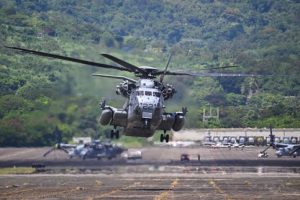
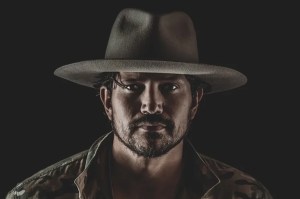



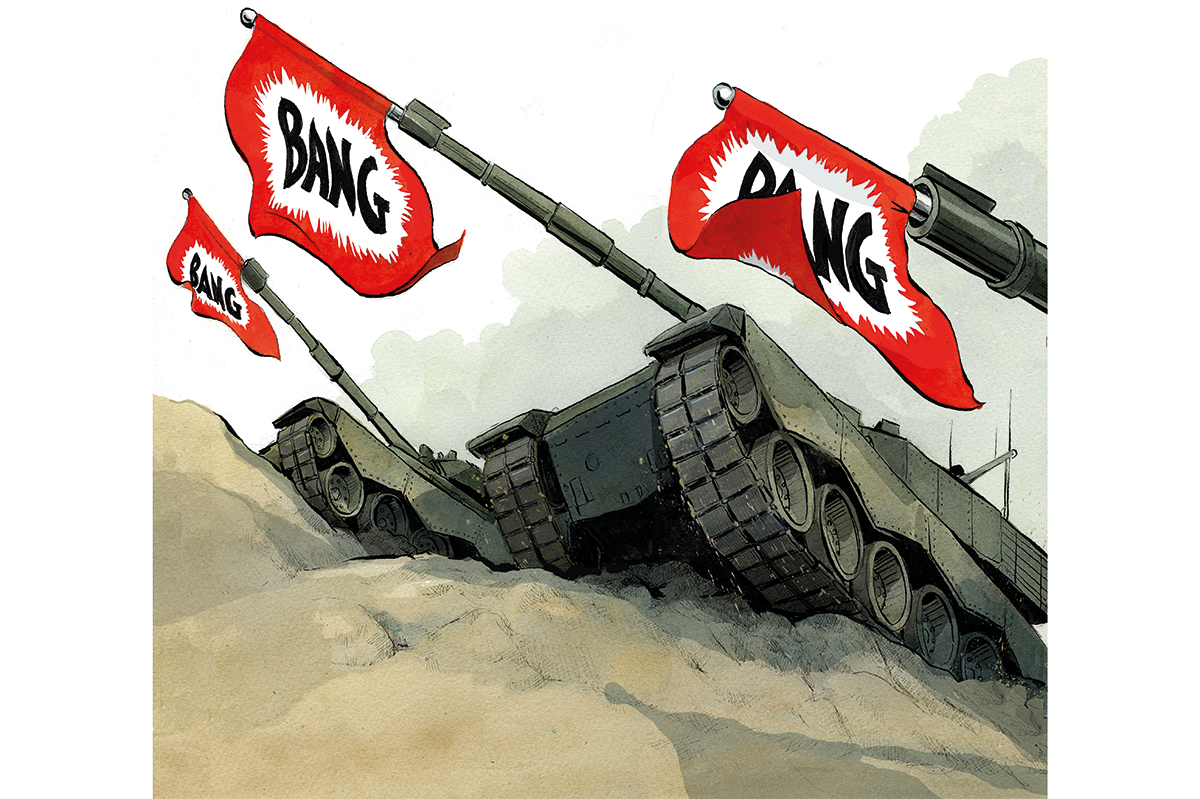
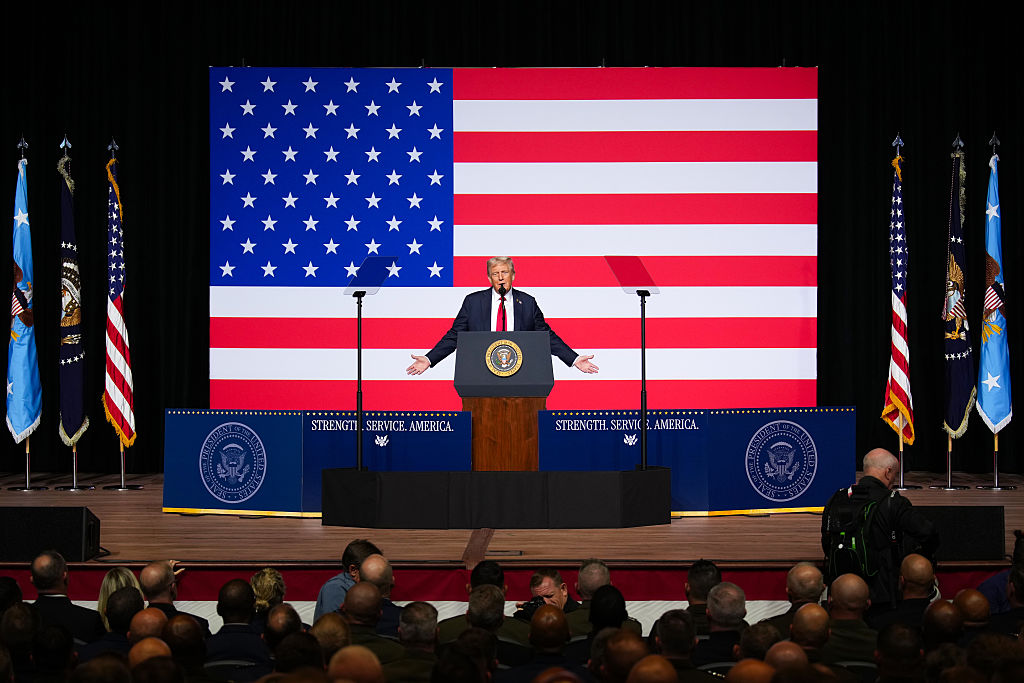



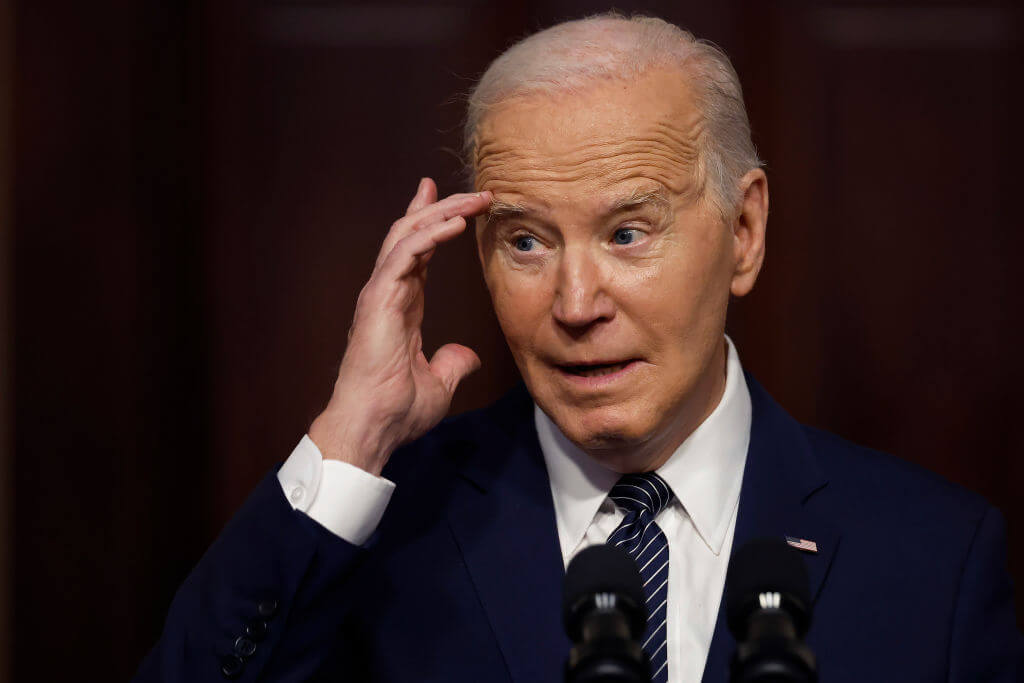



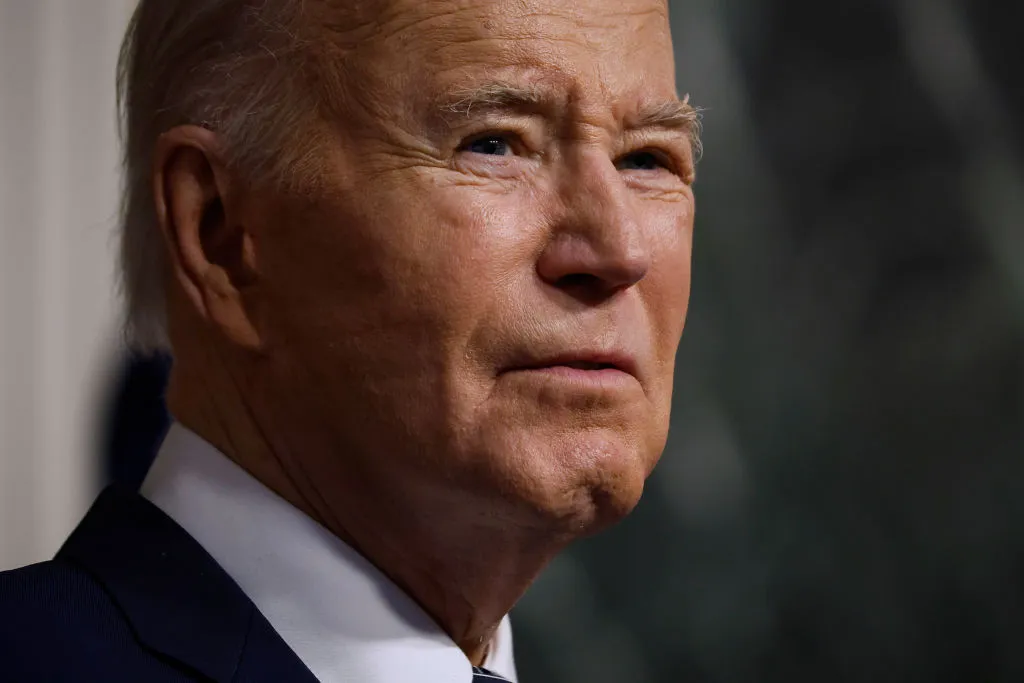

Leave a Reply